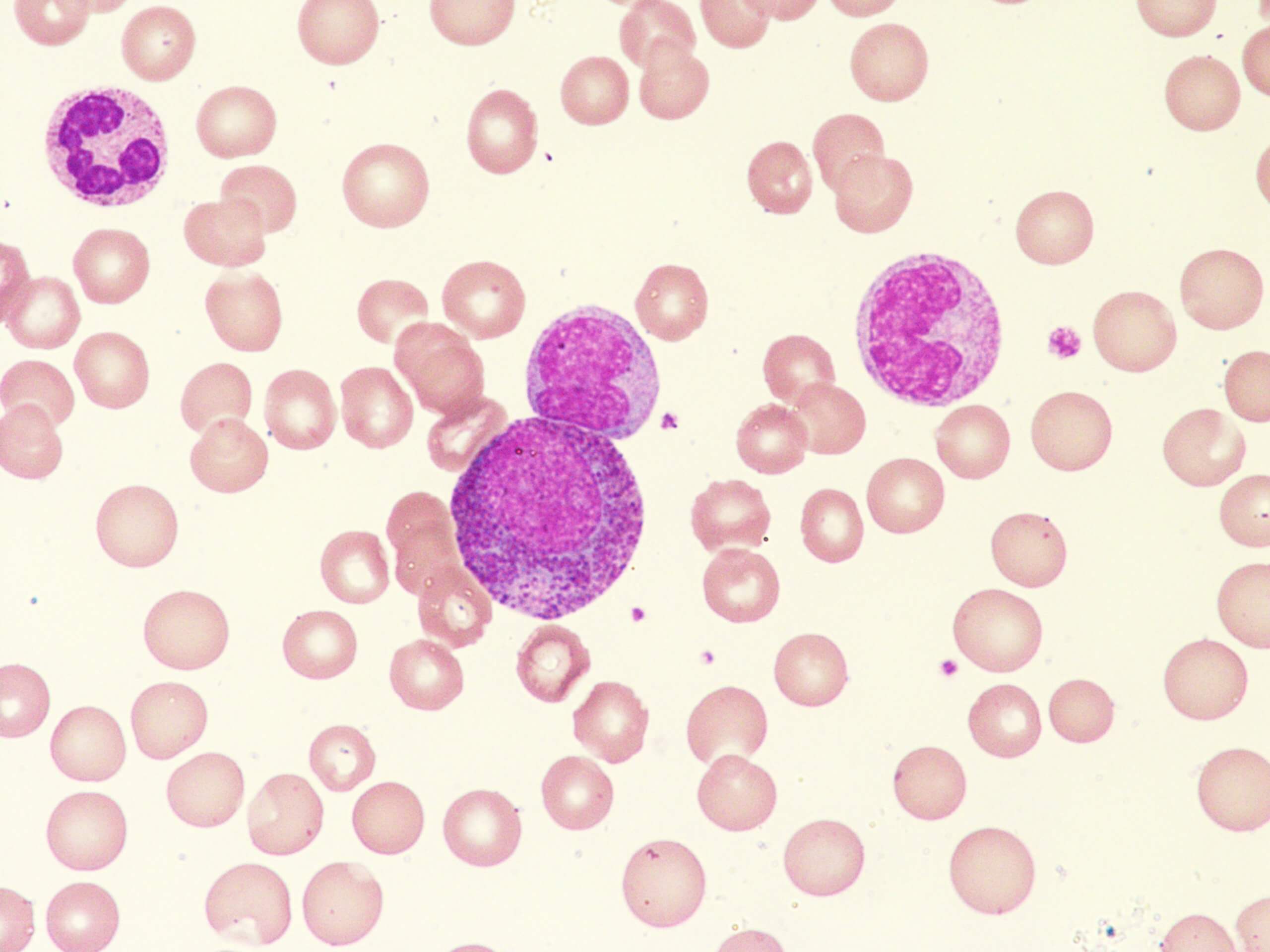Burns and Placenta
Find out how Amnion and Placental Cells could help to treat burns
The skin is made up of three layers: the epidermis, the dermis, and the subcutis which is also called the subcutaneous fat. There are four types of burn which are determined by the layers of skin affected:
- superficial epidermal burn
- superficial dermal burn
- deep dermal or partial thickness burn
- full thickness burn
Thousands of people across the UK are injured by burns every single day, with the severity of damage caused varying between each individual. Recent statistics show that NHS services treat more than 40 babies and toddlers with a hot drink burn every day and over 600 children a month following a burn.
Individuals who suffer from a burn are likely to be scarred both physically and psychologically, which can sometimes present life-long challenges for the person and their family.
Burns Facts
- Children and young men are more likely to suffer a burn injury than other age groups.
- More than 250,000 people in the UK experience burns each year.
- Older adults with burn injuries are complex to treat and are likely to result in a prolonged length of hospital stay.
- Burn accidents cost the NHS more than £20 million per year.
- Scalds are the most common cause of burn injury, representing 43% of acute burn injuries.
- The most common location for burn injuries is at home with the most common cause of burn injury being burns from hot drinks.
- The amount of pain felt by a burn injury is not always related to how serious the burn is – even extremely severe burns can be painless.
The treatment received for burn injuries can vary depending upon the type of injury suffered by the individual. Severe burns can require extensive treatments, such as skin grafts and many years of surgery. Different types of burns carry more risk for complications, such as infections, blood loss and shock, which can be more difficult to treat. However, advances in technology have enabled new therapies to be developed.
Burns and Placenta: Developments
Amniotic membrane from placenta is one of the most medically accepted and widely used biomaterials in treatments for burns for more than 100 years. It serves as a scaffold for proliferation and differentiation of new epithelial cells due the high levels of collagen, elastin, hyaluronic acid and anti-inflammatory properties present in the amniotic membrane.
As the amnion is a living membrane, it creates a ‘normal environment’ around the wound which promotes faster healing. When applied to a fresh burn, the amnion causes almost immediate cessation and protects the damaged area from infection.
A study conducted in 2017 demonstrated that placental membrane can be particularly beneficial for burn therapy. The study involved two cases of work-related burns which were deemed severe. Following the injury, the patients received weekly applications of cryopreserved placental membrane alongside occupational therapy.
For patient 1, an amputation of the foot was initially considered due to the severity of the burn injury which resulted in exposed bone and tendon. However, the use of placental membrane provided a successful alternative to amputation, allowing the patient to regain limb function and their ability to walk.
For patient 2, it was thought that there would be a high risk of permanent functional loss of the index finger following the severity of the burn over the joint. However, following treatment using the placental membrane, significant improvements were reported in the range of motion of the injured finger, allowing full flexion of the joint.
Both patients in this study were able to return to work early and did not experience any adverse events or post-treatment complications. The results presented from this study along with others using placental membrane may offer a new approach to burn therapies which may mitigate the complications associated with severe burns such as loss of limb function and infections.
References
- Johnson et al, (2017) ‘Viable placental allograft as a biological dressing in the clinical management of full-thickness thermal occupational burns’, Medicine Journal, accessed 15th December 2019, available at
https://www.ncbi.nlm.nih.gov/pmc/articles/PMC5728918/pdf/medi-96-e9045.pdf
- Children’s Burns Trust, Burns Database, accessed 15th December 2019, available at
<https://www.cbtrust.org.uk/burn-prevention/database/> - Children’s Burns Trust, (2018) Burn accidents costing NHS £20 million per annum, show latest statistics on National Burn Awareness Day, accessed 15th December 2019, available at
<https://www.cbtrust.org.uk/news-and-events/burn-accidents-costing-the-nhs-20-million-per-annum-show-latest-statistics-released-on-national-burn-awareness-day/> - NHS, (2013) NHS Standard Contract For Specialised Burns Care, accessed 15th December 2019, available at
<https://www.england.nhs.uk/wp-content/uploads/2014/04/d06-spec-burn-care-0414.pdf> - Children’s Burns Trust, National Burn Awareness Day 2019 Toolkit, accessed 15th December 2019, available at
<http://www.cbtrust.org.uk/wp-content/uploads/2019/09/WEB-VERSION-2019-NBAD-Toolkit-PROOF-FINAL.pdf> - Child Accident Prevention Trust, Supporting National Burn Awareness Day 2019, accessed 15th December 2019, available at
<https://www.capt.org.uk/news/safe-tea-2019> - NHS, Burns and Scalds Overview, accessed 15th December 2019, available at
<https://www.nhs.uk/conditions/burns-and-scalds/> - World Health Organization, (2018) Burns, accessed 15th December 2019, available at
<https://www.who.int/news-room/fact-sheets/detail/burns> - Roessel, (1981) Human placentas used to cure wounds, accessed 15th December 2019, available at
<https://www.upi.com/Archives/1981/03/13/Human-placentas-used-to-cure-wounds-and-treat-burns/8295353307600/>
The information contained in this article is for information purposes only and is not intended to replace the advice of a medical expert. If you have any concerns about your health we urge you to discuss them with your doctor.




